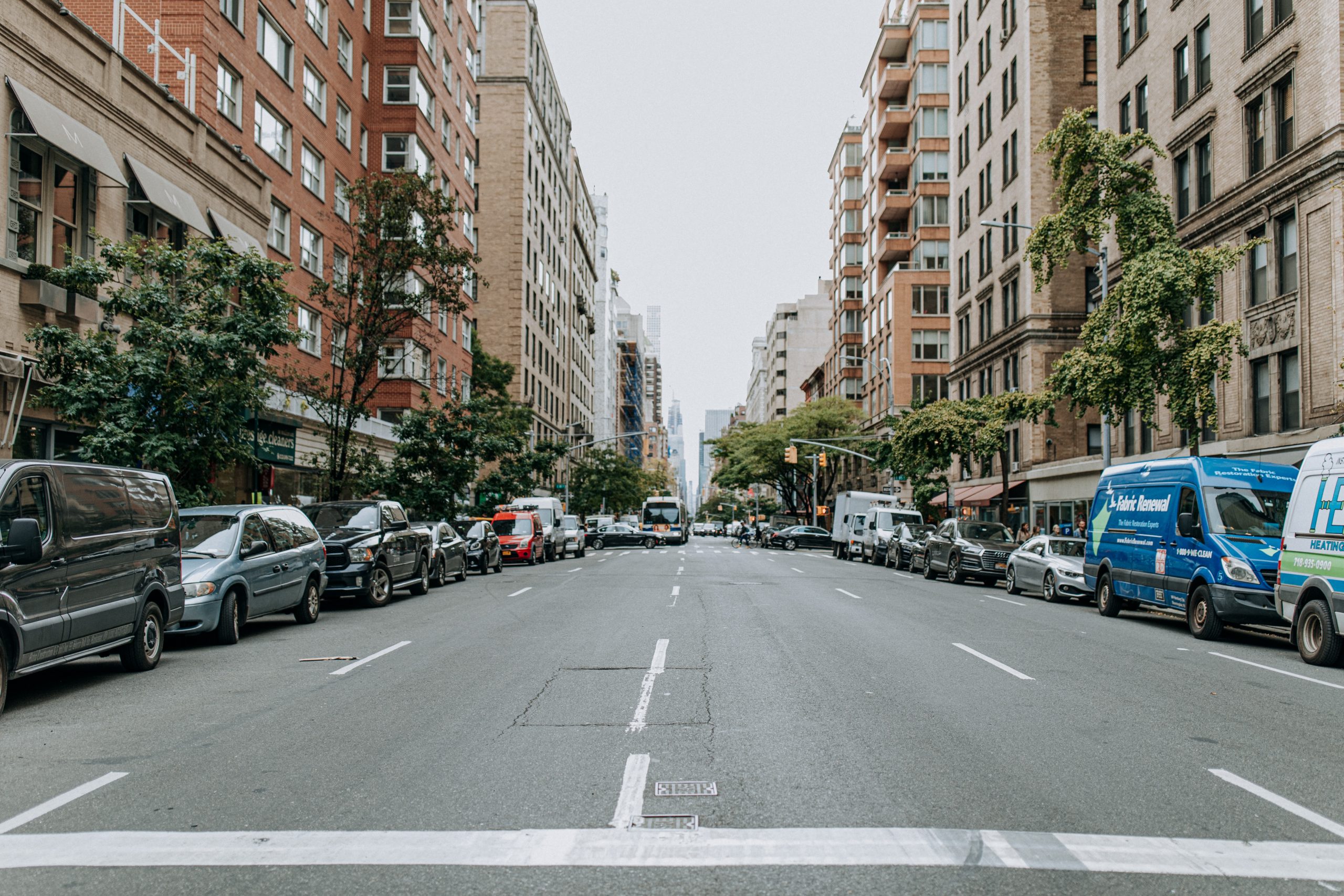by Consultant Tania Schleck
This article was originally published in the June 2021 California Mobility & Parking Association newsletter.
Residential Parking Permit (RPP) Districts can be effective tools to manage spillover of parking from commercial or institutional uses onto nearby residential areas. Limiting or restricting parking on residential streets can improve parking availability for residents and enhance quality of life and safety in neighborhoods by reducing noise, traffic hazards, and reducing litter. In certain cases, RPP Districts can be critical mechanisms to allow residents to access their homes. For example, dense, historic neighborhoods may not have enough curb spaces to accommodate residential parking demand, and/or driveways and garages may be too small to park modern-sized vehicles. Additionally, residential areas that are adjacent to major institutional uses such as sports venues or hospitals may be significantly impacted by parking spillover.
While RPP programs can be important tools to manage on-street parking in residential neighborhoods, there is a cost of doing so effectively. However, many cities who have RPP programs offer permits free of charge or at a highly discounted rate, which can be problematic for the following key reasons:
- Cities are deprived of critical revenue to effectively implement and manage the RPP program.There are a variety of costs associated with RPP programs. Up-front staff time is required to establish the program and coordinate with residents on program implementation. Staff time is also required to issue permits and manage the program. For RPP programs to accomplish their goal of limiting parking spillover from non-residential uses in residential neighborhoods, consistent enforcement is required. Staff must regularly verify that the parking restrictions and time limits are adhered to, which requires substantial time and effort. License Plate Recognition (LPR) technology can significantly improve the efficiency of permit issuance and enforcement, but it requires up-front and ongoing costs, staff training to use the technology, software/hardware expense, and ongoing maintenance costs.
- On-street parking demand may not be effectively managed.In some districts, the demand on residential streets is largely derived from vehicles that belong to residents. Particularly in areas with high housing costs, there may be more persons per household or residents may choose to use their garages as living or storage space, resulting in more vehicles parked on the street. In these cases, providing unlimited free permits would not necessarily improve parking availability.
- On-street parking is a public good.There can be a sentiment that residents are entitled to the on-street parking spaces in front of their homes. However, the right of way is a public good. Taxpayers typically fund the maintenance of the roadway and street cleaning services. Therefore, while ensuring residents have reasonable access to their homes is critical, it is often not feasible or pragmatic for residents to have free access to one or more spaces directly in front of their homes.
- Free parking permits may encourage car ownership over transit.
Many communities have a goal of reducing single occupancy vehicle (SOV) transportation in order to reduce traffic congestion and greenhouse gas emissions (GHG). When permits are free, there are fewer barriers to car ownership and residents have less of an incentive to pursue alternative modes of transportation.
Potential Strategies for RPP Programs
A potential alternative to charging for permits is to limit the number of permits that can be purchased per household. However, this system can be inflexible and limiting for residences who have special circumstances and need multiple permits. A tiered fee schedule is a possible alternative, where the first permit for each household is free or discounted and the fee increases for subsequent permits. Culver City is an example of a city with a tiered rate structure: for the first two permits the fee is $20 per vehicle per year; the third permit fee is $100 or $200 depending on the number of licensed drivers at the resident; the fourth permit is $150 or $222 depending on the number of licensed drivers.
Some communities require residents to prove that they are using their garage or driveway to park, before getting a permit. For example, in Pasadena, staff performs an inspection to confirm the number of parking spaces on the property and that parking spaces are not used for alternative purposes such as storage. This strategy helps to ensure that off-street parking is fully utilized before residents park on the street.
Conclusion
Parking permit revenue can provide cities with the resources needed to administer RPP programs, enforce RPP restrictions, and ultimately improve access for residents. Charging for permits helps incentivize residents to only use the on-street spaces they need and to utilize their off-street supply.
When establishing an RPP program and setting permit rates there is no “one size fits all” approach. It is important to closely evaluate local factors such as availability of on-and off-street parking, land use patterns, surrounding land uses, and surrounding parking policies/rates to ensure the RPP program is tailored to the parking needs of the neighborhood. Equally as important is establishing RPP policies in collaboration with residents and clarifying what RPP revenue is being used for.
Tania Schleck is a parking and mobility consultant with Walker Consultants, based in the firm’s Los Angeles office. She works with public agencies, institutions, and private owners on policies and studies designed to serve the parking and mobility needs of multiple user groups. Prior to joining Walker, she was a city planner for Eden Prairie, Minnesota, a suburb of Minneapolis, where she supported long-range planning efforts, coordinated entitlements, and updated the municipal code.


